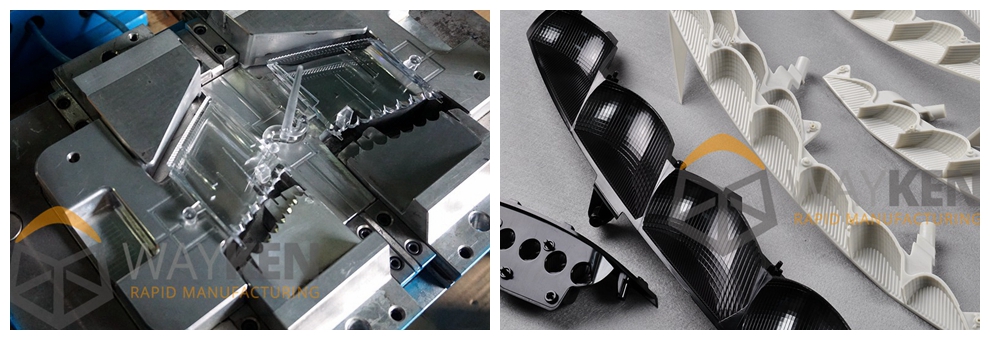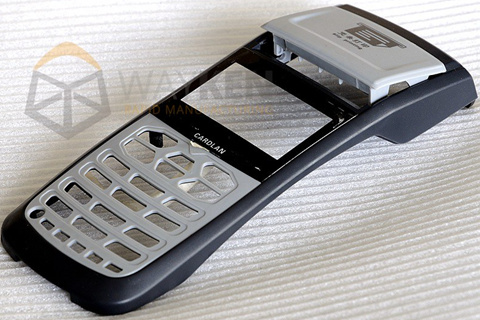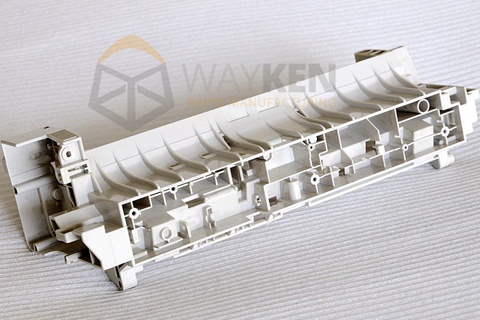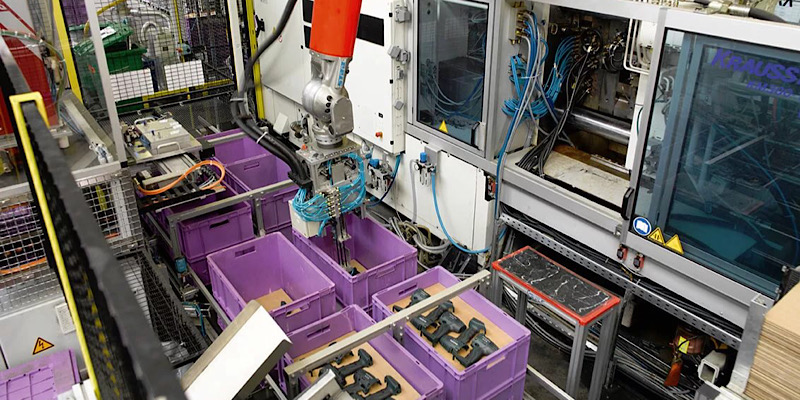Posted on June. 1th, 2020, | By WayKen Rapid Manufacturing
We know lots of mass-produced plastic products. Plastic buckets, phone cases, the majority of toys like LEGO are all plastic. Thousands of injection molding machines work days and nights to produce those everyday things globally. But what do those companies do when they develop a new component? All those machines require very complex tooling so how does prototype injection molding work exactly? Is there such thing as rapid injection molding alike rapid prototyping in other manufacturing techniques? You’ll find the answers to all those questions here.
What Do The Needs to Injection Molding Prototypes Dictate?

Progress never ceases to keep us in a development race. The company that makes more new features produces more new products in a shorter timespan will survive the strict competitiveness of the global market. That is why product development is one of the most expensive parts of manufacturing. Injection molding is a process usually associated with mass production. The complex hardened molds with cooling channels and automated processes produce identical parts at a mind-boggling pace. But when we need to make something new, produce an untested part, we come to a problem. How to twist the sluggish mass production technique into a flexible Prototype Injection molding method? The answer to that is rapid injection molding.
RIM is a considerably new branch of injection molding that offers good perspectives at flexibility. I’d say this technique is like a lite version of a software that you unpack on your PC and use it in a couple of minutes rather than installing the whole thing for hours. You will not be able to use rapid molds permanently but getting a molding prototype batch out of them is a good bargain.
But before that, let’s see how you can make the manufacturing process faster for the injection molded parts without going into specialized techniques.
Design for Prototype Injection Molding

A lot of startups and design engineers do not pay a lot of mind to the manufacturing method when they design a product. This is what drowns a lot of good ideas. When you make custom injection molding parts, you have to consider a lot of parameters. One of the main is wall thickness. An ideal molded part has constant wall thickness everywhere. The thinner the walls the faster the part can be produced. In reality, that is not often possible so we stick with gradual changes in the fall thickness. Adding angles and fillets is a major consideration as well because it allows you to eject the part easily. Before confirming the design always check that it can be ejected from the cavity.
Tooling Design
The tooling includes the injection mold halves and the ejectors. Rapid injection mold tooling is even more complex but can be manufactured faster. The main difference is flexibility. A proto mold should give the opportunity to modify it considerably fast. That’s why molding prototype makers tend to split the molds into more elements compared to conventional molds. This way if you want to change the cavity, you take it off the tooling and only apply changes to it, if you need to modify the cavity and the cooling channels and the ejectors, you can remove them all and remanufacture simultaneously. Yes, and manufacture from scratch as well. When you make all the parts at the same time, you will complete the whole object faster.
Another important design consideration (apart from the standard liquid flow, wall thickness, and cooling channels) is the longevity of the mold. A conventional mold is designed for maximum life. That’s why they use hardened steel and take a lot of time for machining. Injection molding prototype and custom injection molding tooling should only last a small while. That’s why we can forgo hard steels and stick with harder aluminum alloys. Those are much easier to process but can make the mold last the prototyping and verification stages.
Why Seasoned Engineers Are Necessary to Produce Good Molds
Once the prototype mold is designed, it is a good idea to verify the manufacturing process before producing the proto mold. Only a few years ago this was not possible. However, modern engineering analysis methods have gone a long way. A seasoned manufacturing engineer can employ the advanced finite element analysis tools to replicate how a liquified polymer would fill the mold and how it would cool down. Experience in the manufacturing area makes engineers able to replicate mold flow processes with good precision. They can find design faults early on and prevent unnecessary remakes of the proto mold.
Prototype Injection Molding

Mold machining is a complex process in itself because the major surfaces are often situated in closed-off spaces but changing the material to a softer one and adding more separations will do a lot to cut the prototype mold manufacturing time. The main things start once the mold is complete.
Then, you have to finally use the mold and get your injection molded parts. Do not worry, you are certain to get something wrong for the first part. The molding process is quite complex, uses a number of different material properties so it is not always possible to accurately account for every Issue in the design. With prototype injection molding you start the system, get the first prototype part, and redo the mold.
Tool Debugging
Redoing the mold to suit your parts better is called tool debugging. What kind of issues may arise with your injection molds? Firstly, there may be defects where the wall thickness isn’t optimal for the process. You will see small dents in the part where the material solidified unevenly and you may encounter some areas where the material couldn’t reach at all. So it’s important to check the mold flow of the polymer with the FEA method.
Another widespread issue is the faults with cooling. Some areas may take too much to cool down and if you eject the part too early, you could ruin it. Ensuring the correct cooling cycle is one of the most complex issues in injection mold manufacturing.
Once your tool has been debugged, congratulations, you have successfully made an injection-molded prototype. However, you should understand that the design optimization is not complete yet and the designer may return to any previous step to improve the prototype.
Why Choose Wayken for Injection Molding Prototypes?
Do you need a more cost-effective and fast way to manufacture parts? With over 10 years of experience in injection-molding prototypes, we can produce real injection molded parts for functional testing, thus narrowing the manufacturing gap for production tooling. Besides, customers also can affordable, high-quality aluminum molds here and the quick turnaround times help you reduce design risks, as well as reduce the production costs. Want to learn more about our ability to produce injection molding prototypes, please don’t hesitate to contact our team.





